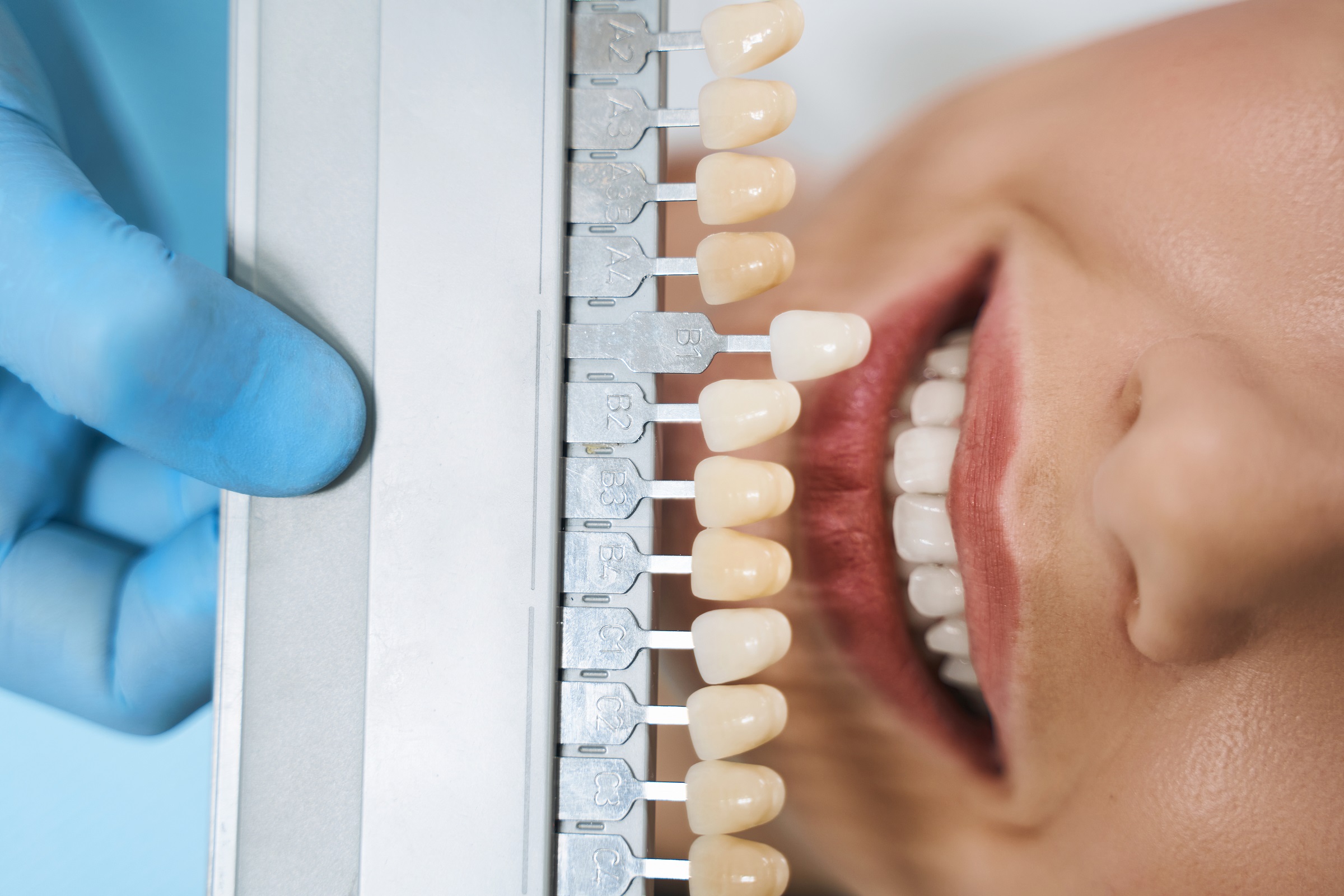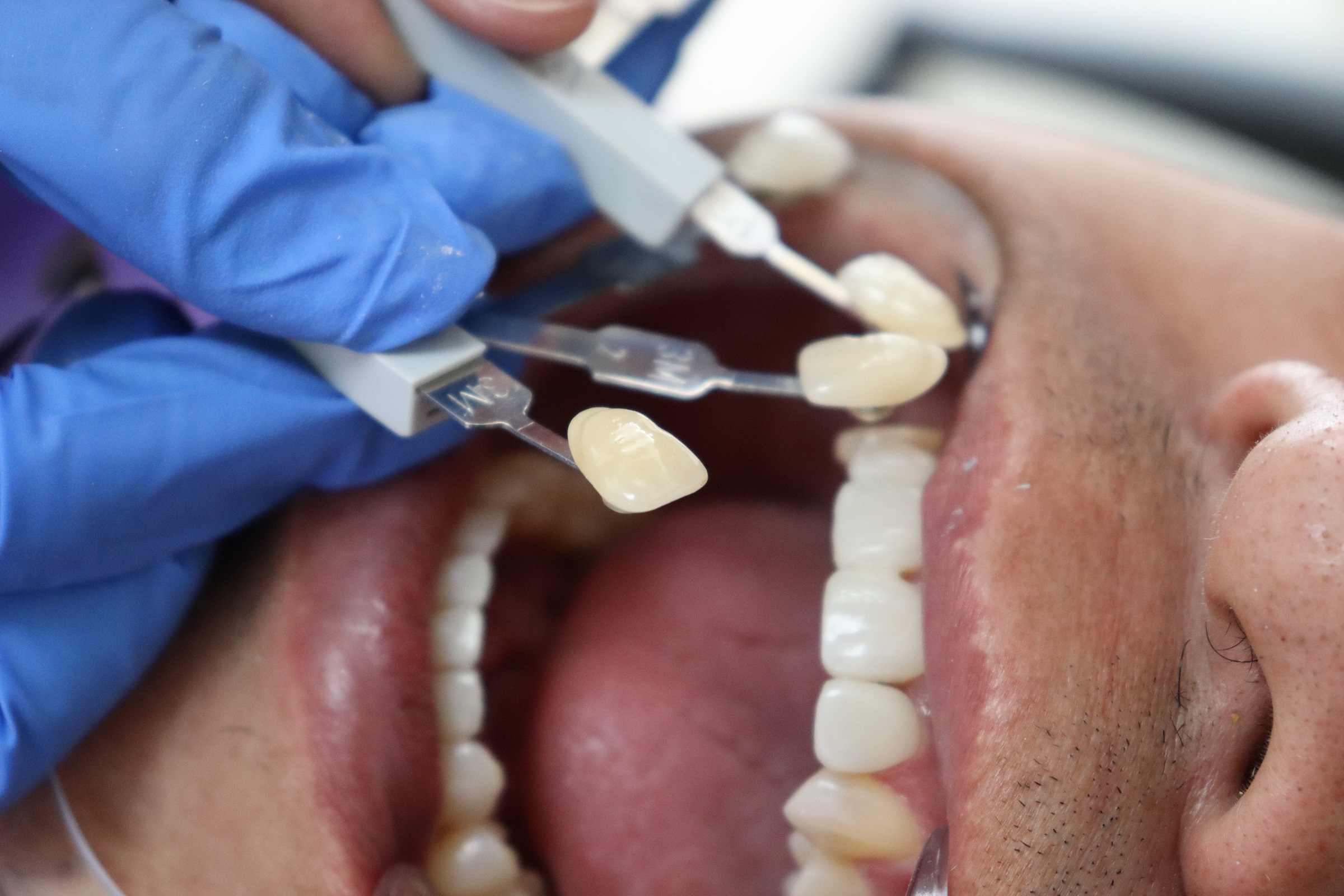Zirconia Dental Crowns When dental crowns are required, it is necessary to use materials that are fully biologically compatible in the mouth. After using plastic biodent material on metal for many years, the use of porcelain on metal became popular in the 1980s. Especially in the last 30 years, porcelain on metal has become widespread …
Zirconia Dental Crowns
When dental crowns are required, it is necessary to use materials that are fully biologically compatible in the mouth. After using plastic biodent material on metal for many years, the use of porcelain on metal became popular in the 1980s. Especially in the last 30 years, porcelain on metal has become widespread all over the world.
However, the metal under the porcelain sometimes causes allergic reactionsin some people. The problem of gingival bruising, which causes major aesthetic problems in the anterior tooth area, has also been one of the disadvantages of metal-based porcelain dental veneers. For this reason, intensive studies on full ceramic reinforced porcelains were initiated in the 1990s. However, no matter how much the porcelain material is strengthened, the use of only ceramics, especially in dental bridge applications without a substructure, has unfortunately not yielded successful results.
At this point, the use of zirconium material, which replaces the metal substructure, has come into play and in a short time, the properties of the zirconium substructure have been improved and infrastructure applications that are almost as durable as metal and much more aesthetic than metal have been possible.
Zirconium is used as the substructure material in dental veneers that replace the upper part of the tooth visible in the mouth surrounding the damaged teeth.
Dental veneers that are porcelain processed on zirconium substructure are now called zirconium dental veneers. When zirconium veneers are mentioned, zirconium crowns are meant. While traditional porcelain crowns are attached to the tooth with a metal support, zirconium can provide durable and aesthetic dental crowns without metal.
Computerized Zirconium Tooth Design
The dentist prepares the problem teeth in the mouth for crowns. After completing the necessary dental treatments and restorations, he prepares the temporary tooth. For the final zirconium tooth crown, he takes an impression with silicone material from the mouth. This impression must be error-free. The laboratory transfers the impression taken by the dentist to the computer environment. The computer-aided design and computer-aided production phase, called CAD CAM, begins. The dental technician prepares the zirconium infrastructure design on this impression. How much bonding space will be left between the tooth veneer to be made in the program and the tooth in the mouth, the thickness of the material, the places where it meets the gum should be carefully entered into the program. This process should be performed by trained and experienced dental technicians.
Today, there are applications called monolithic zirconium, where the shape of the finished tooth is determined by computer design. In monolithic zirconium, only polish is applied on the zirconium that comes out of the engraving device and attached to the mouth. Aesthetically, we generally do not prefer monolithic zirconium dental crowns and bridges because we get more perfect results when porcelain is processed on the zirconium dental crown.
Construction of Zirconium Tooth Veneer
Zirconium material is used in dentistry in the form of cylindrical zirconium blocks. These blocks are engraved on computer-aided manufacturing (CAM) machines. The zirconium substrate, which must have high enough physical properties to provide durability for dental crowns, achieves its ultimate durability through a hardening process called sintering.
The material is softer and easier to work with before sintering. For this reason, the dental crown infrastructure is abraded from zirconium blocks before the hardening process. It is then subjected to special heat treatment, i.e. sintered, to gain durability.
After this stage, the dental technician will now do the form and color work that will give the aesthetic features of the tooth on this infrastructure.
Features of Zirconium Dental Veneers
Zirconium is used for two purposes in dental aesthetics or dental treatments:
- Zirconium Crown : Crown (English: Crown) is the dental term given to the upper part of the tooth visible in the mouth. Zirconium crowns are dental crowns that use zirconium as the substructure material that surrounds damaged teeth or replaces the upper part of the tooth, and porcelain is processed on it. When zirconium coating is mentioned, zirconium crowns are meant. While traditional porcelain crowns are connected to the tooth root with metal support, zirconium can achieve an aesthetic appearance without metal support.
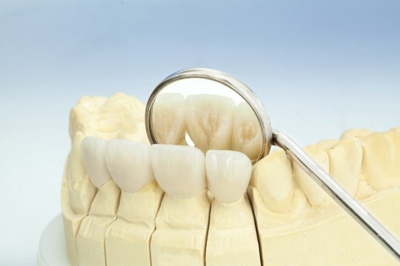
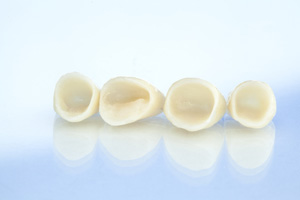
- Zirconium Bridge: Dental bridges are the attachment of the body teeth prepared in place of the missing tooth or teeth to the existing teeth in the mouth next to the missing tooth in case of missing one or more teeth in the mouth. While porcelain bridges need metal support, zirconium bridges are the first choice for an aesthetic smile design as they allow metal-free bridges.
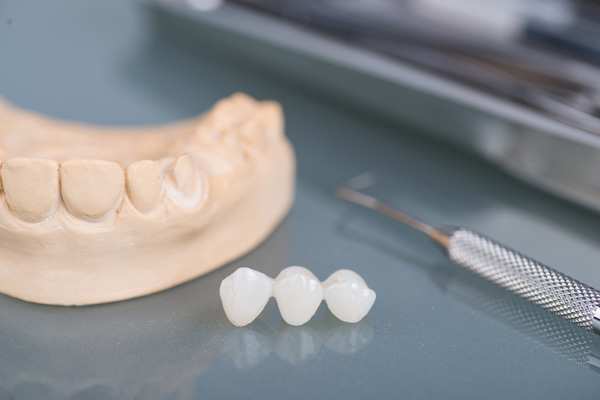
Why Are Zirconium Dental Bridges Preferred?
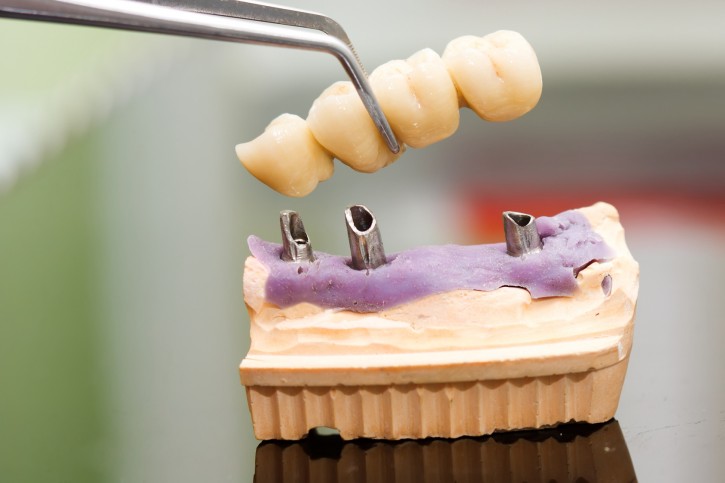
- The main reason why zirconium is the first choice for dental bridges in aesthetic dentistry is that zirconium allows bridges to be made in natural tooth color and without metal, instead of porcelains that have to use metal.
- Zirconium bridges are robust enough to be used even on the back molars without any problems. They can be used as a good alternative to metal bridges.
- Zirconium has a very natural appearance not only in tooth color but also structurally. It is very difficult to distinguish between natural teeth and zirconium dental bridges. Therefore, it helps you to have a natural smile in the absence of a single tooth.
- Zirconium bridges allow you to have a more photogenic smile design than porcelain bridges. Zirconium bridges do not have the opaque colors that occur when you take a photo (flash or natural light) in porcelain bridges supported by metal.
- Zirconium full ceramic bridges are allergy-free.
- Zirconium does not cause gingival bruises seen in gum diseases.
- The gray layer that forms over time around the tooth and gums in porcelain bridges does not form in zirconium bridges.
- Gingival bruises, which are frequently seen in gum diseases and gingival recession, do not appear in zirconium.
- Since zirconium teeth insulate the heat very well, it prevents sensitivity that may be encountered in extreme hot/cold changes.
- Since zirconium bridges are made of ceramic material, they are lighter than metal-backed porcelain.
- With their full ceramic structure, zirconium teeth do not cause distortion in metal taste perceptions like metal-supported porcelains.




